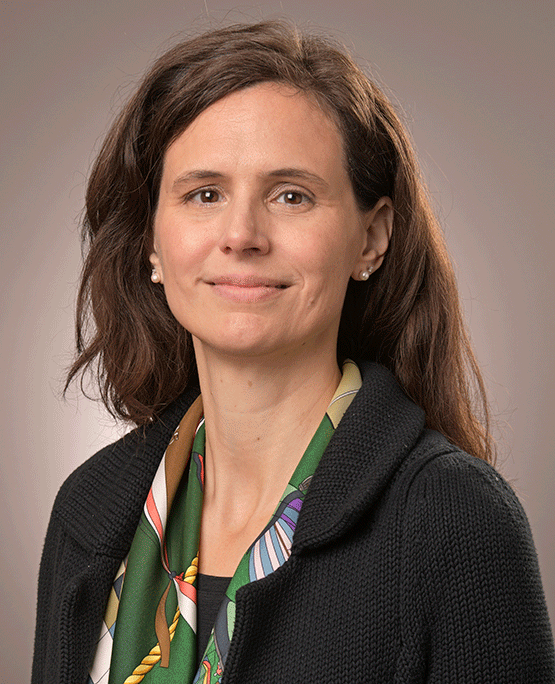news
Researchers say vaccine shortage doesn’t necessarily spur higher demand

Using the law of supply and demand, one would think that a scarcity of COVID-19 vaccines would result in more people wanting access to the vaccine. Not so, according to a recently published study in the journal, Psychology & Marketing.
The research team, which included Dr. Amy Fehl, assistant professor of marketing at Georgia Gwinnett College, found that interest in receiving a COVID-19 vaccine dropped – even among at-risk populations – when they were told vaccines were scarce.
One driver of this effect stood out, according to Fehl.
Compassion.
“Vaccine hesitancy is a complex phenomenon,” she said. “But our results held over two studies including 900 participants.”
In Study 1, 342 college students were asked to imagine a situation in which they had access to a COVID-19 vaccine when the priority was to vaccinate those who were at high risk. Half were also told that vaccine supplies in their area were plentiful, while the other half were told that supplies in their area were limited.
Based on previous research on product scarcity, one would expect the students imaging a situation where vaccines are scarce to be more eager to get one. However, their interest dropped by as much as 15% by comparison to those told supplies were plentiful.
Study 2 involved 590 adults, about half of whom had chronic diseases putting them at high risk. When faced with similar scenarios, the second study’s participants reacted the same way as those in Study 1. Even the high-risk group had less interest in getting vaccinated when vaccines were presented as scarce. Across the board, willingness to get the vaccine when supplies were scarce dropped by 10 points on a 100-point scale.
Study 2 explored one driver for the reduced demand: compassion. In addition to answering questions about willingness to get a COVID-19 vaccine, participants indicated how much compassion they felt for those most vulnerable to COVID-19.
“We found that participants who felt more compassion, even those in the high-risk group, were less likely to want to get vaccinated,” Fehl said. “However, those with less compassion actually were more likely to choose to get the vaccine when the vaccines were presented as scarce.”
These results have important real-world implications.
“A 10-15 percent difference in vaccination acceptance is highly meaningful from a public health standpoint and could be the difference between being able to achieve population immunity or not,” said Fehl. “Public health messaging needs to de-emphasize vaccine scarcity to increase acceptance.”
Although the COVID-19 vaccine supply is plentiful in the United States at this time, the team’s takeaways may be particularly applicable in countries still struggling to access adequate vaccines for their citizens, Fehl said.
As a next step, Fehl said she wants to work with community health clinics to explore what type of messaging may be most effective for high-risk individuals and vulnerable populations.
Researchers at Iowa State University, Stony Brook University, Swansea University and University of Padova contributed to the study.
